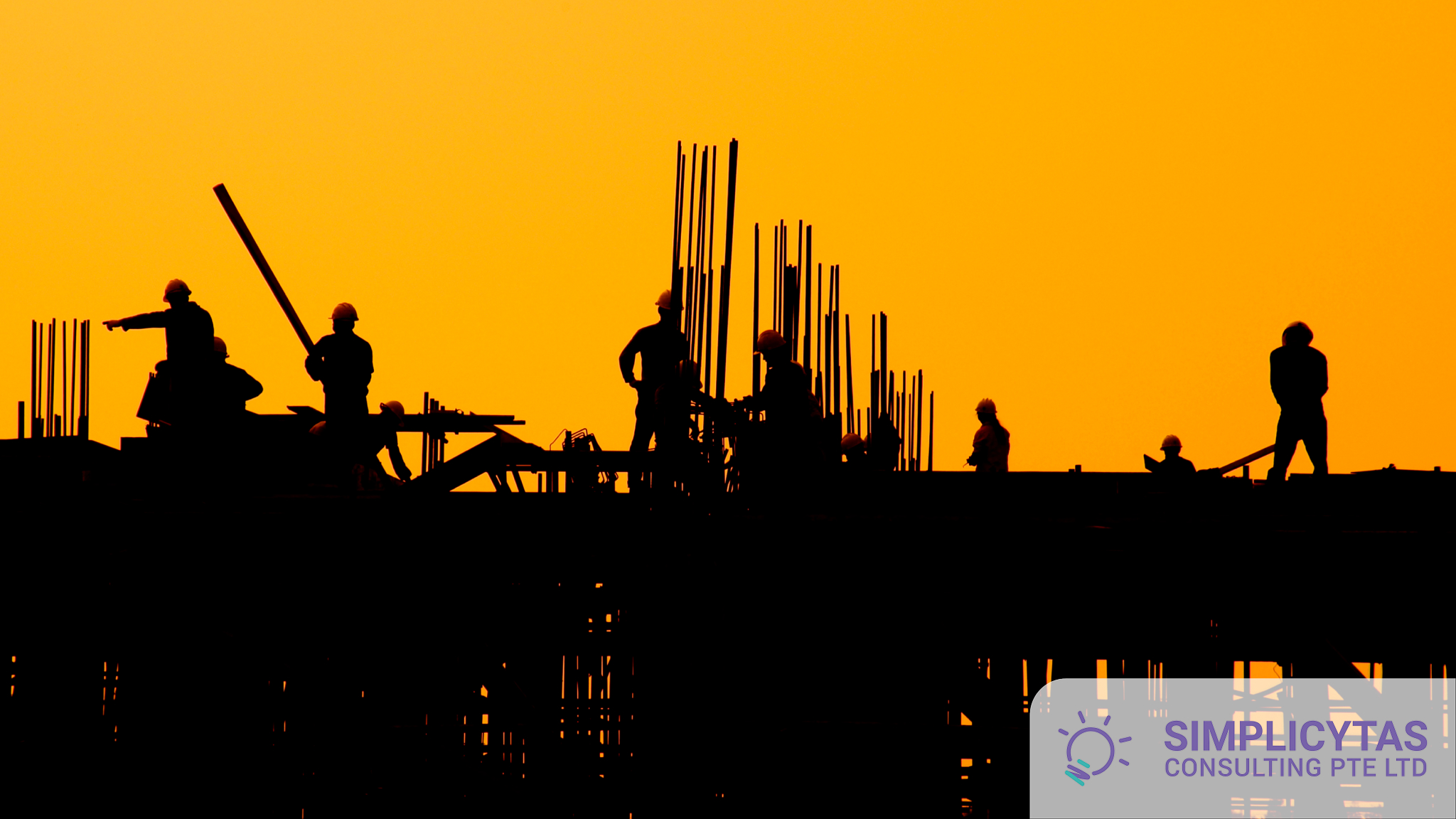Steel, cement, labor—the building blocks of development are becoming more expensive by the day. The U.S. construction industry is caught in the crosshairs of global trade dynamics and domestic labor shortages, pushing project budgets to unprecedented heights. Developers, particularly those working on multifamily and affordable housing, now face the challenge of navigating an increasingly volatile cost environment while maintaining profitability
At the heart of the issue are aggressive trade policies. Tariffs proposed on Chinese imports (as high as 60%) and duties on goods from Canada and Mexico are inflating the cost of raw materials. Simultaneously, tighter immigration regulations are restricting the flow of labor, creating shortages that drive up wages and lead to delays. The combination has created a domino effect across the construction lifecycle, from procurement to project delivery.
Beyond direct costs, these pressures are eroding confidence in financial planning. Long-term models built on pre-pandemic assumptions are being re-evaluated. Contractors are pricing in larger contingencies, and lenders are approaching new developments with caution. Time delays and budget overruns are no longer outliers—they are becoming standard risks.
So, how can developers respond? It starts with data and adaptability:
- Re-evaluate Supply Chains: Understand your exposure to tariff-impacted materials. Are there domestic or regional alternatives that offer more price stability?
- Incorporate Wage Forecasting: Factor expected labor shortages into your financial models. This includes using local wage data and workforce availability.
- Model for Disruption: Build contingencies into your project timeline and costs. Consider using scenario planning tools to test for material delays, labor shortages, or further policy changes.
Ultimately, the new normal for construction is uncertainty. Developers who build agility into their operations—who stay close to policy trends, supply data, and labor markets—will be the ones who continue to move forward. This isn’t just about cutting costs; it’s about building smarter, leaner, and with eyes wide open.
With construction costs rising, it’s important for developers to proactively review their strategies to stay resilient in a dynamic market. Exploring supply chain options and considering alternative solutions can help address risks related to tariffs and labor shortages. By taking thoughtful and timely actions, developers can better protect their projects and maintain financial stability.
To support this approach, developers might consider:
- Conducting a thorough assessment of current supply chain partners and materials
- Identifying and qualifying alternative suppliers or sourcing locally where possible
- Exploring modular or prefabricated construction methods to reduce onsite labor dependencies
- Building strong relationships with labor providers and investing in workforce development
- Monitoring market trends closely to anticipate cost fluctuations and adjust plans accordingly
- Implementing risk management practices such as contingency budgeting and flexible contracts
These steps can help developers navigate uncertainties with greater confidence and adapt effectively to ongoing market changes.

